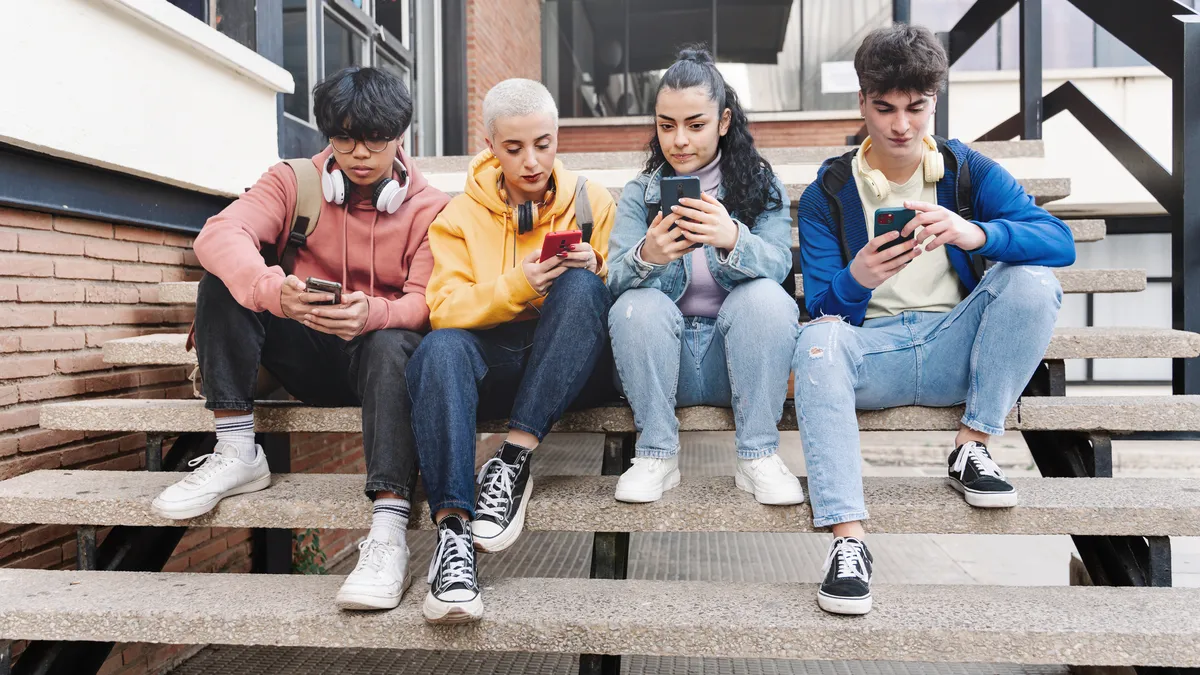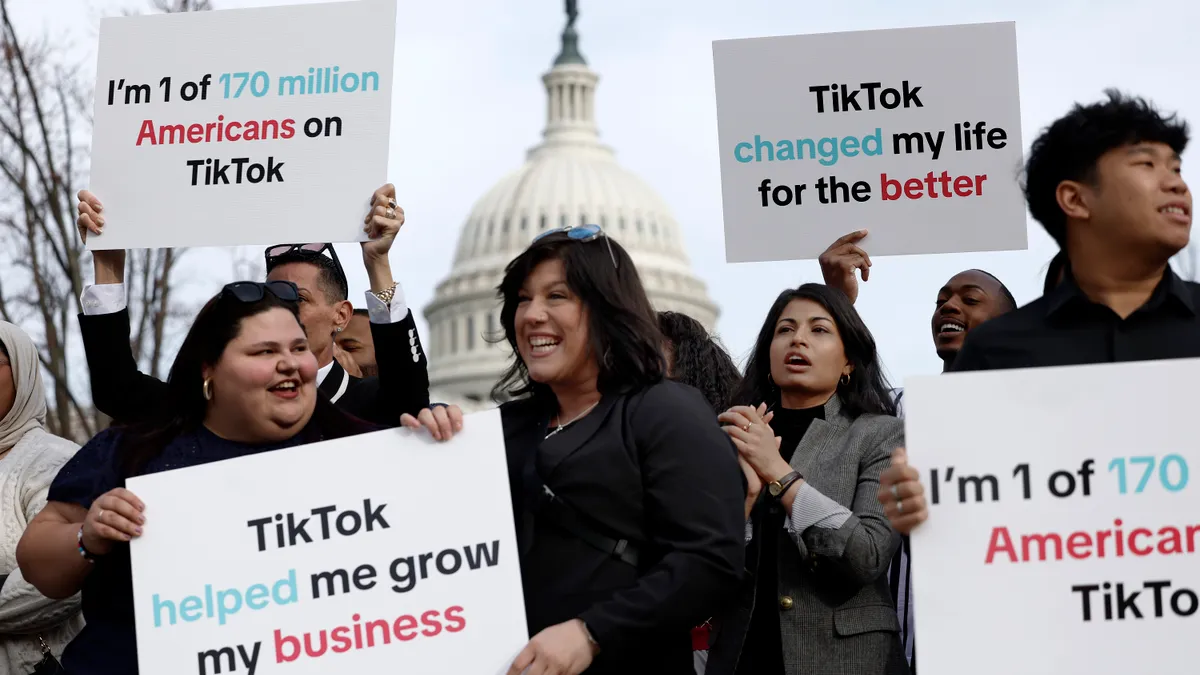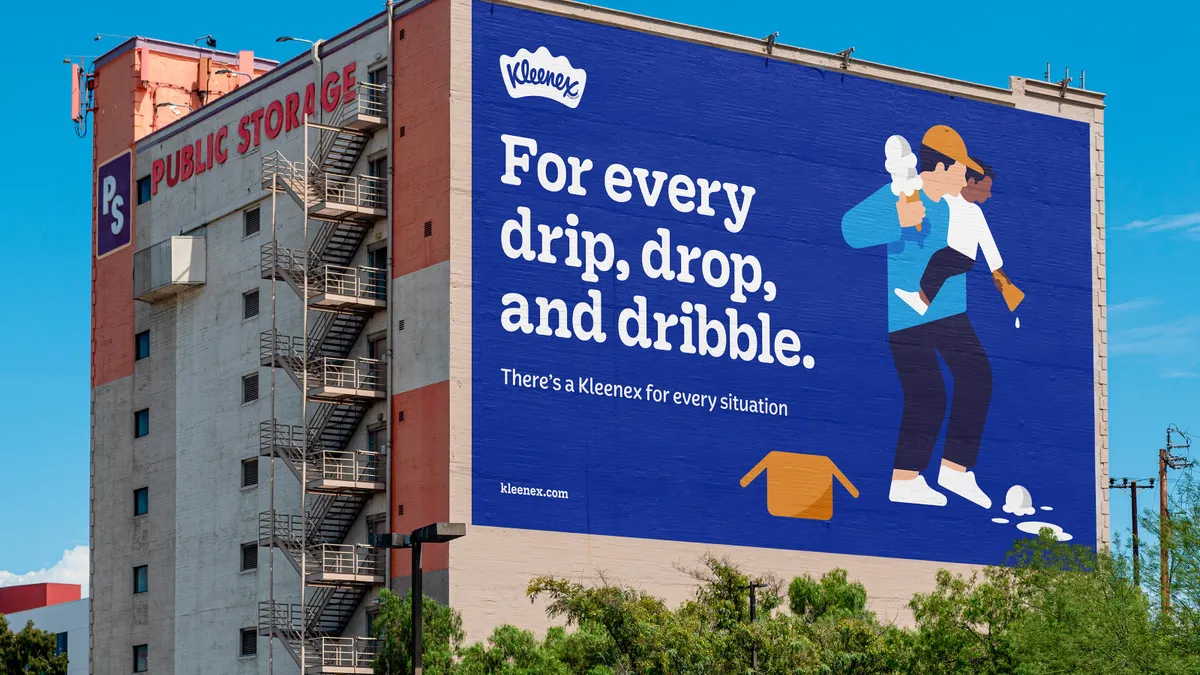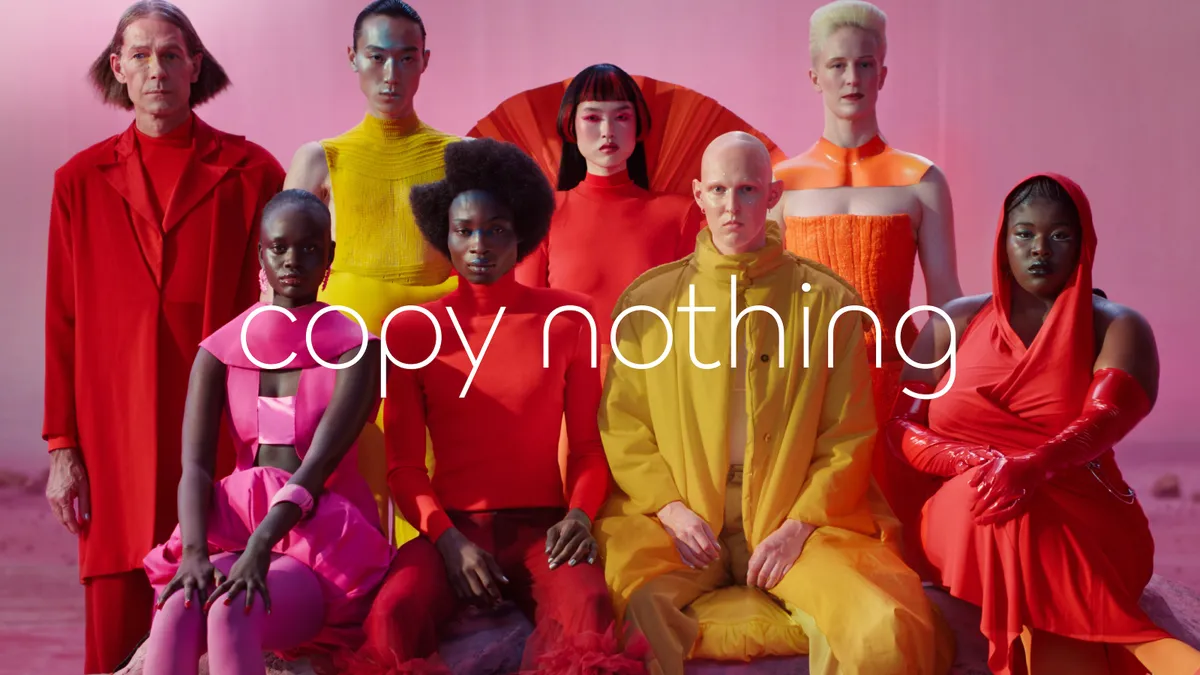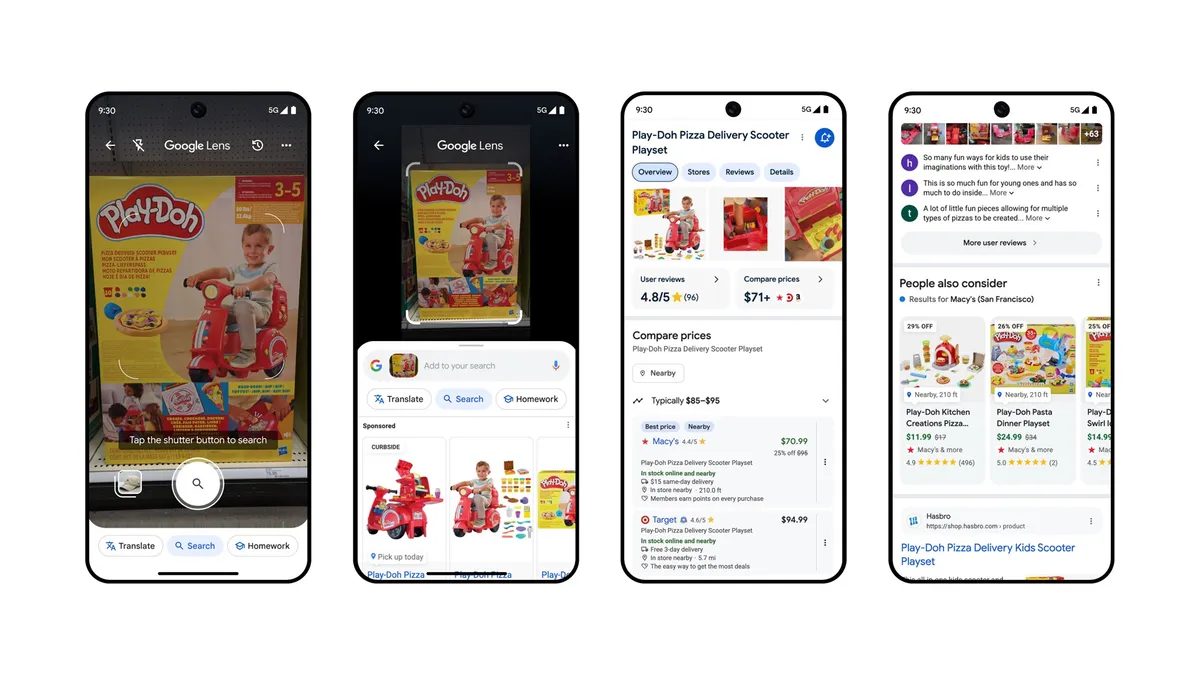Apple’s iOS 18 update is here, and perhaps lost among the company’s flashy unveilings was its much-antipicated adoption of the Rich Communication Services (RCS) messaging standard.
RCS, often referred to as a more robust version of SMS, is supported by major phone carriers including Verizon, AT&T and T-Mobile. The standard allows for greater media-sharing capabilities and stronger communication functionality. However, because Apple for years had rejected the standard to instead promote iMessage, an RCS message sent to an iPhone would previously default to SMS format and be displayed with a green text bubble.
With iOS 18, RCS is now supported for person-to-person messaging between iPhone and Android users (though those green text bubbles aren’t going anywhere). Apple’s decision to support the standard, a move announced in November, also presents an opportunity for marketers looking to send more robust and personalized messages.
“Marketing happens to be, at this stage, the largest use case of RCS, and a big success story for RCS,” said Inderpal Singh Mumick, CEO of Dotgo, a company that bills itself as the world’s largest RCS business messaging hub.
RCS for business messaging, a protocol known as RBM, allows marketers to access much of the same functionality that makes RCS stronger than SMS. However, RBM is not yet supported among major U.S. carriers at this time including AT&T and T-Mobile, though that is expected to change in the coming months, according to Alex Campbell, co-founder and chief innovation officer at mobile engagement platform Vibes.
For brands looking to make the switch from SMS to RCS, Marketing Dive has compiled five key insights that marketers should know based on information shared by Mumick and Campbell, including key considerations around use cases, testing and the current messaging landscape.
Apple didn’t flip the ‘on’ switch for RBM
Though Apple’s support of RCS is new, the capability itself is over a decade old. The RCS standard was chosen for adoption by the GSM Association (GSMA) in 2008 and intended to replace SMS. Google has provided major support for the standard, offering it through Google Messages while pressuring Apple to adopt RCS through cheeky campaigns.
Apple’s adoption of RCS will allow for smoother communication between Android and iPhone devices, given that the standard is already supported by major phone carriers. However, the ability for marketers to leverage RBM is also dependent on the carriers. Some smaller players like Spectrum and Xfinity already support RBM, according to Mumick.
Major carriers are currently working together with Google around their support for RBM to determine details like pricing and “how all the plumbing is going to work,” Campbell said. From working with the carriers, the exec expects RBM adoption will roll out carrier by carrier around the Q1 to Q2 2025 timeframe.
Notably, while Verizon was also among those who hadn’t yet adopted RBM, Vibes' internal testing indicated the carrier recently enabled the functionality, though its scope is unclear. Marketing Dive reached out to Verizon to confirm if it is currently offering RBM and had not received a response as of press time.
“It’s not unexpected, we’ve all been talking about RBM being available in the coming months,” said Campbell in a follow-up interview surrounding the Verizon news.
Early RBM results show promise
While RCS commands a smaller market in the U.S., the capability is prominent in areas including India, Mexico and Brazil, Mumick said. Support by select smaller carriers for RBM in the U.S. has also offered marketers an opportunity to study how key analytics compare to SMS messages.
In marketing use cases spanning multiple markets, including traffic from the U.S., RCS has proven advantageous over SMS, Mumick explained. Among totals, the standard has seen an average delivery rate of around 99%. Additionally, RCS messages have seen average read rates of around 50% — or 30%-40% in emerging markets — and a response rate of around 6%-9% on average.
Android currently commands a much larger share of the global mobile market than iOS, though iPhones hold the larger market share in the U.S., which could help explain why the market has been slower to adopt RBM. However, this has been changing since Apple’s announcement, Mumick said.
“With the 50-60% iPhone share, everybody [in the U.S.] was on the fence with just Android supporting RCS,” the exec said. “Now … we are seeing many of the big guys, many of the brands, testing so that they have an understanding.”
Verified IDs could get consumers to open texts
One key to RBM is the ability for marketers to obtain verified sender identification, which would allow a brand to display a verified checkmark to help consumers distinguish against fraudulent activity.
The process of verification for marketers begins with registering for what is called an “agent,” or the messaging application that uses the RCS protocol to send messages on the brand’s behalf, explained Vibes’ Campbell, whose company will be helping brands register.
By becoming verified, brands can offer consumers a valuable layer of trust as they make the decision to engage with a message. With RBM, the “cryptic” 10 or 5-digit short-code marking an incoming message would also be replaced with the brand’s name and logo, Mumick said, which could make a difference in consumer response rates.
“Instead of getting a 2-3% — sometimes in some markets [a] half percent — response to the SMS, you get a 5%-10% response rate,” Mumick said.
RBM could shorten the path to purchase
Several features of RBM have the potential to shorten the path to purchase and could help fill gaps left by other channels. For example, with RBM, consumers interested in placing an order at a restaurant could assemble their entire order through the message chain instead of having to download an app, Campbell explained.
“If you talk to marketers, the good/lucky ones, 10-15% of their customers have downloaded their app, and that’s a lot,” Campbell said. “The app doesn’t necessarily reach a lot of your audience, and that’s where something like SMS comes in, where we have customers where the SMS database is probably 70% of their customers.”
Other advantages for brands involve the ability to send follow-up messages to those who read an initial message, insert image carousels, deploy generative AI and send localized responses without needing to enter a ZIP code, Mumick said.
'Just because you can doesn't mean you should'
For marketers looking to use RBM, Campbell recommends using the first half of 2025 to experiment, test and learn. However, as marketers often must remember whenever a shiny new tool arises, “just because you can doesn’t mean you should,” the exec said. While RCS offers marketers a number of ways to personalize messages to consumers, the goal of simplifying the shopping journey should remain front of mind.
“We always say that your phone is a mission-driven device, and so things that get in the way of the mission are bad,” Campbell said. “If I say here’s your abandoned cart, and here are 17 other shirts that match that … No, I just want to buy what’s in my cart.”
Marketers should also remember there’s a lag time in the adoption of Apple’s software updates, with only around 70% of consumers having updated their phones by six months out, per the exec. While marketers shouldn’t feel hesitant about RCS, they also shouldn’t forget about the people who are still getting a standard text message.
“In the end, SMS will eat RCS up just because of the functionality,” Campbell said. “But at the same time, we talk about the big three, but we are connected to 68 carriers in the U.S., so there’s a lot more out there… the hybrid world of RCS and SMS is going to be around for years.”



